Welcome to the George Breed Historical Society
George Breed: The Inventor Lost in History — Documentary Coming 2026
Our organization, in cooperation with Electrified Reality Studios , is developing documentary and educational media that explore George Breed’s legacy, his innovations in music history, and the broader cultural forces that shaped his world. These creative efforts are part of an ongoing initiative to research, interpret, and share his story through film, narrative work, historically grounded storytelling, and related media projects.
Together We Can Rewrite History
Photo Album
Scroll through our collection of historical and iconic images related to George Breed.

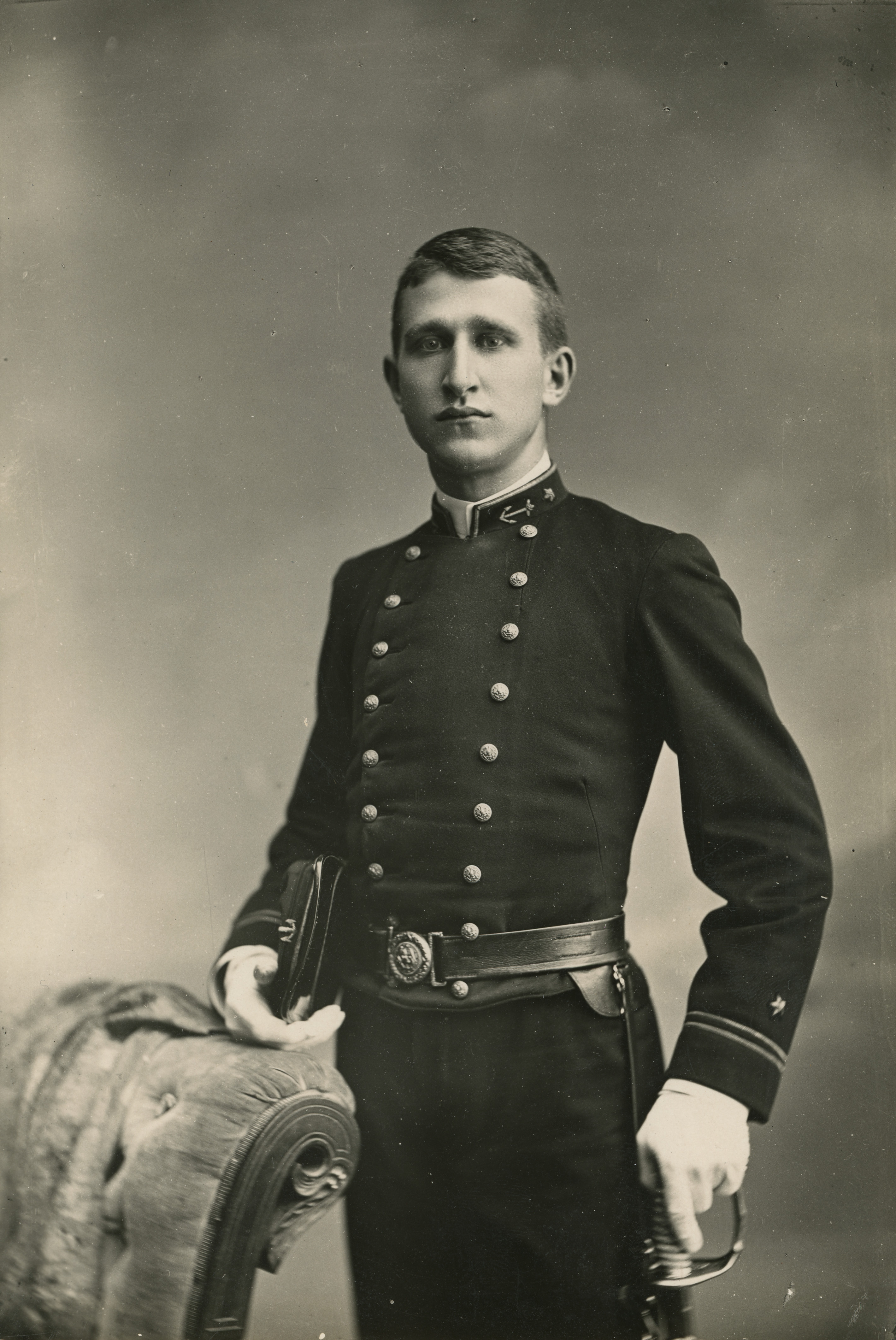
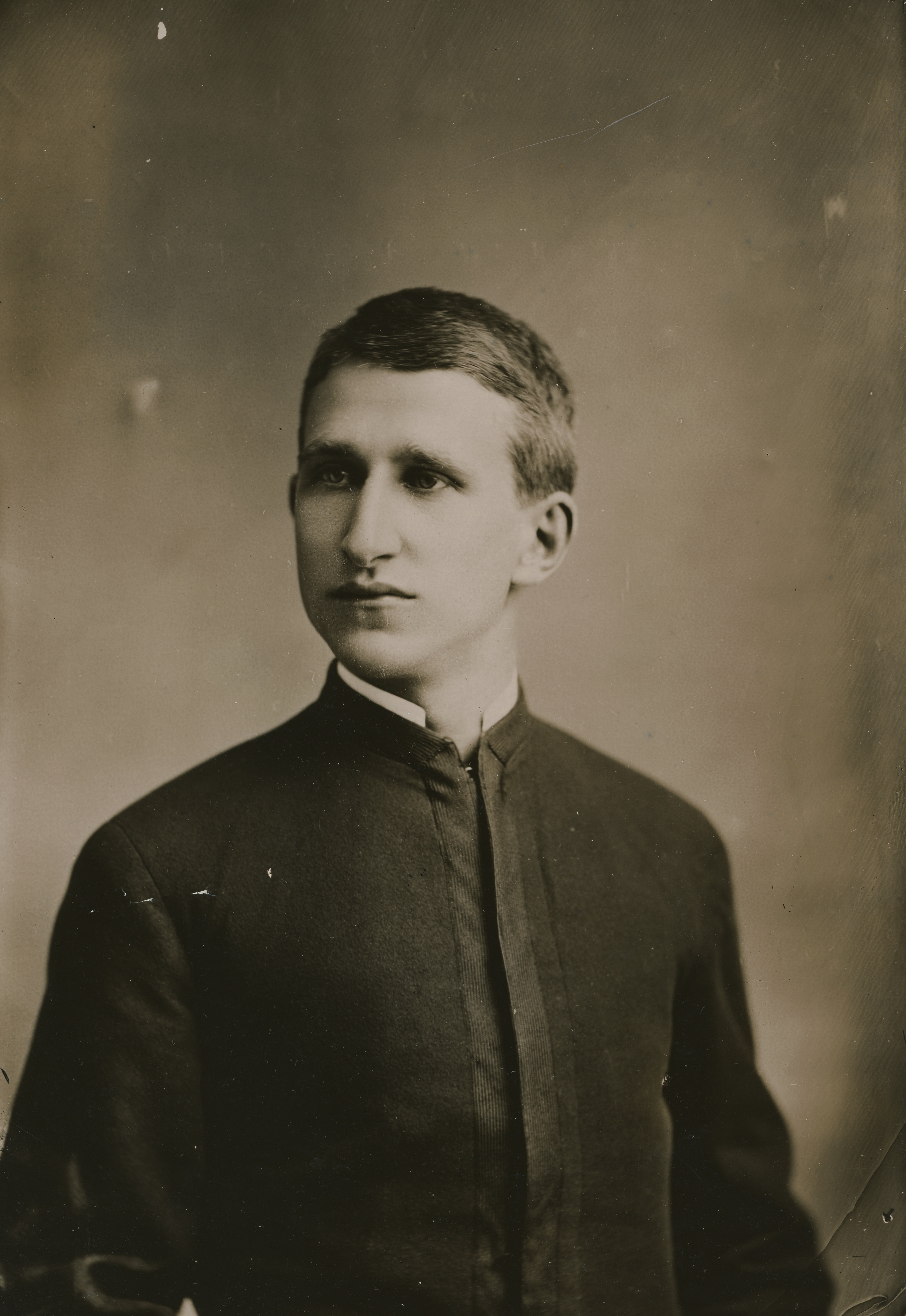

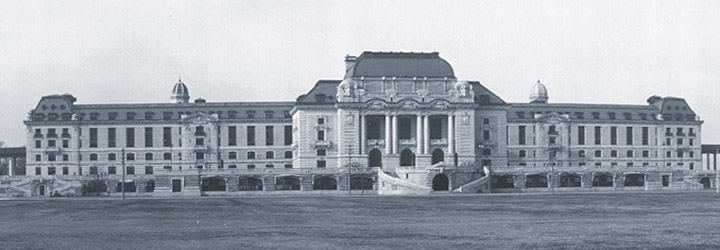
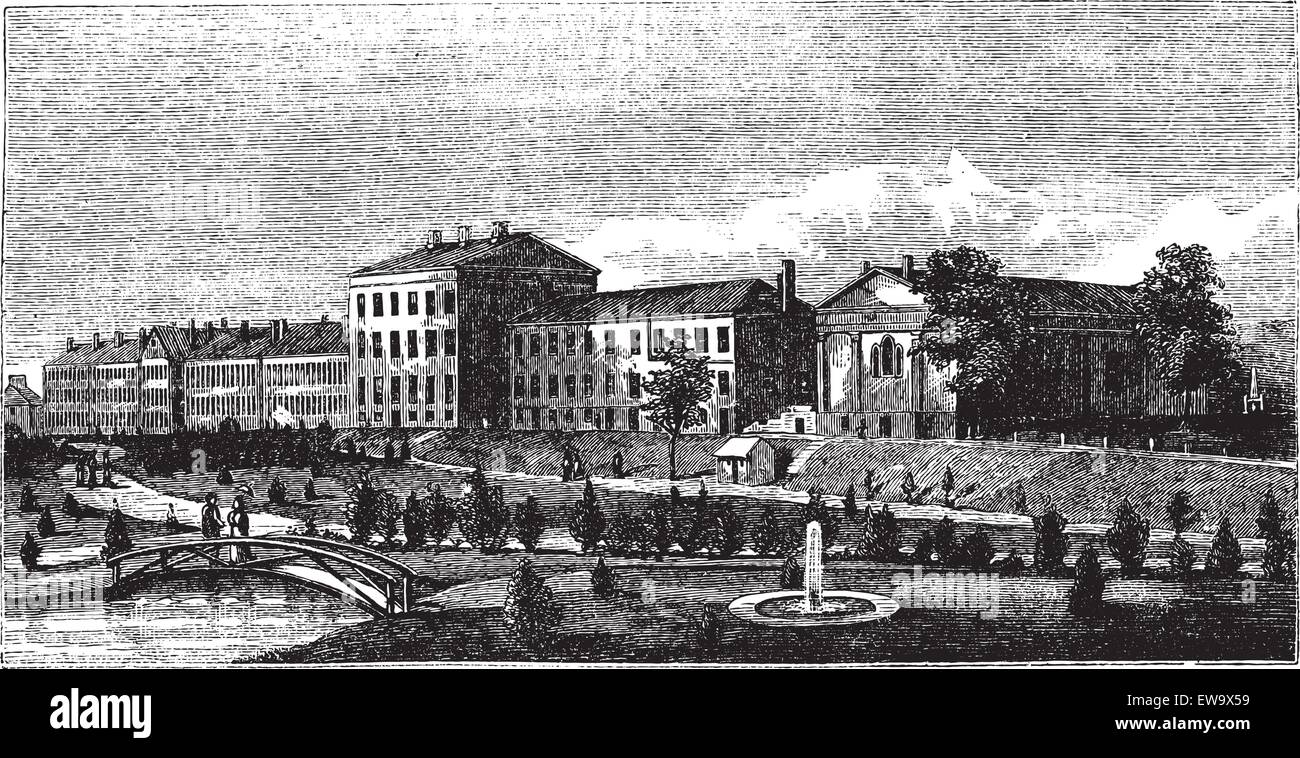
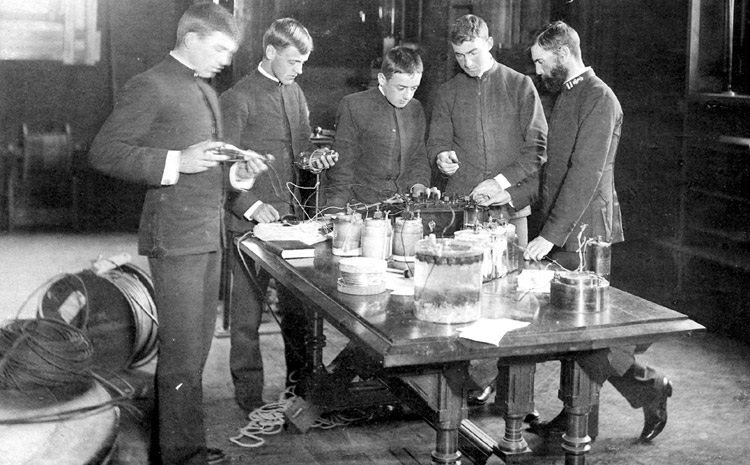
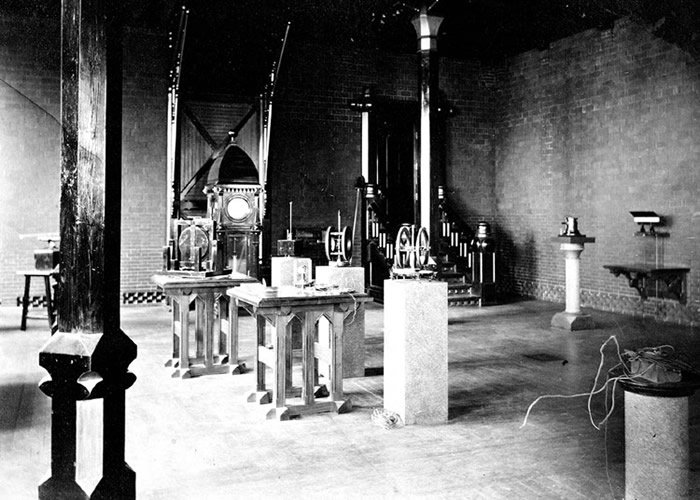
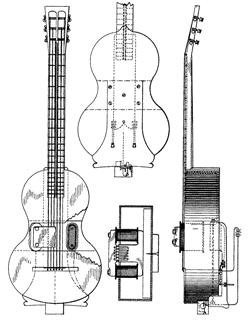
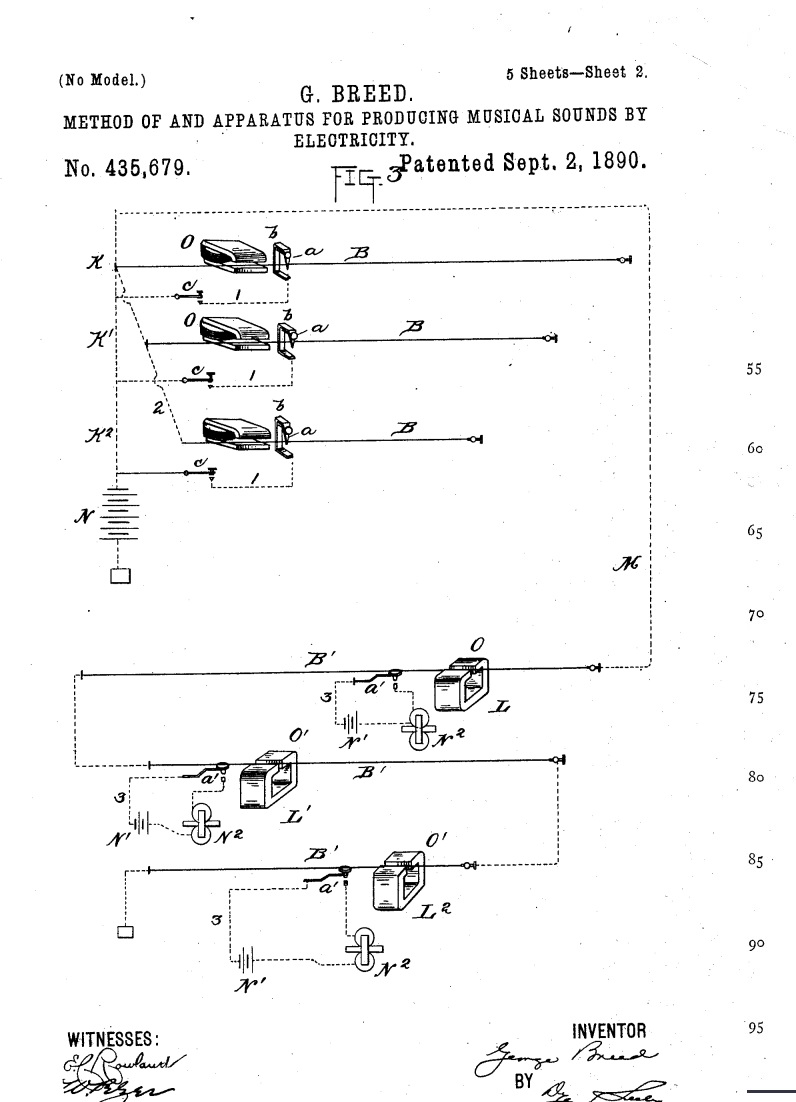
Hidden History
George Breed's electrified guitar, patented in 1890, was a groundbreaking invention that had the potential to revolutionize the way music was played. However, the guitar was never successful due to its weight, which was almost 20 pounds, and the fact that it required musicians to change the way they played. Unlike modern electric guitars, which use an amplifier to enhance the sound, Breed's guitar used electricity flowing through the strings to produce a distinctive, innovative sound. Despite its potential, the guitar's limitations ultimately prevented it from becoming widely adopted.
In this video, renowned historian Dr. Mathew Hill delves into the fascinating history of the electric guitar. As the leading researcher in early guitar history, Dr. Hill has extensively studied the contributions of George Breed and the evolution of the electric guitar. In this presentation, he serves as an objective scholar and expert, presenting the historical facts without advocating for or supporting any particular perspective or initiative. Breed's discussion starts at the 10 minutes 45 second mark.
Story
 George Breed was born on July 19, 1864 in Pittsburgh, Pennsylvania into a hardworking, creative family. His
grandfather, George Breed, was one of the founders of Western Pennsylvania Hospital and had a successful glass
and china importing business in Pittsburgh. Breed's uncle, Richard, was also an inventor and held multiple
patents. Before receiving his own patent in 1890, Breed served in the US Navy. He entered the United States
Naval Academy in Annapolis, Maryland as a Cadet Midshipman on June 17, 1882 and graduated on June 10, 1886.
George Breed was born on July 19, 1864 in Pittsburgh, Pennsylvania into a hardworking, creative family. His
grandfather, George Breed, was one of the founders of Western Pennsylvania Hospital and had a successful glass
and china importing business in Pittsburgh. Breed's uncle, Richard, was also an inventor and held multiple
patents. Before receiving his own patent in 1890, Breed served in the US Navy. He entered the United States
Naval Academy in Annapolis, Maryland as a Cadet Midshipman on June 17, 1882 and graduated on June 10, 1886.
George Breed is also known for his invention of kite-based aerial photography. He created a system in which a large box kite was flown and a smaller kite with a trolley attached to its string was sent up to meet it. The second kite would then collapse and trigger the shutter of a camera, allowing for aerial photographs to be taken.
Before his initial US patent was released, George Breed resigned from the US Navy. Despite his efforts to
commercialize his invention, Breed struggled to make it a success and eventually returned to the Navy. He later
resigned again after receiving his second US Patent for "Apparatus for Producing Musical
Sounds by Electricity." Breed passed away in 1936, but his legacy has been carried on by his family to this day.
Now, Electrified Reality Studios is creating a
fictional story about George Breed. For details, please visit their website and this Substack blog
Fun Facts
George Breed (1864–1936) was a multifaceted individual whose contributions spanned military service, invention, and music. Here are some notable aspects of his life:
Early Life and Family
Born on July 19, 1864, in Pittsburgh, Pennsylvania, Breed hailed from a family with a rich history of innovation. His grandfather, also named George Breed, was a founder of the Western Pennsylvania Hospital and operated a successful glass and china importing business. His uncle, Richard, was an inventor with multiple patents.
Naval Career
Breed entered the United States Naval Academy in Annapolis, Maryland, as a Cadet Midshipman on June 17, 1882, and graduated on June 10, 1886. He served as a Lieutenant during the Spanish-American War and was promoted to Commander on November 19, 1919. Breed was an officer in the U.S. Fleet Reserves and served as the executive officer on the USS Leonidas during an expedition to the Adriatic Sea.
Marriage
On November 3, 1891, Breed married Clara Meigs Meade, the daughter of Rear Admiral Richard Worsam Meade of the U.S. Navy. The couple had six children.
Inventions
Breed was granted a U.S. patent on September 2, 1890, for a design of an electrified guitar titled "Method of and apparatus for producing musical sounds by electricity" (patent no. 435,679). His design used electricity to directly vibrate the strings of an acoustic instrument, allowing it to be played without strumming or plucking. Additionally, he worked on perfecting the Lyrachord, a piano that produced sound through electrical impulses.
Entrepreneurship
Breed co-founded the American Gas & Electric Company (AGE) with his brother, contributing significantly to the development of the energy sector. Fun Fact: AGE evolved into one of the largest electric utility holding companies in the United States. In 1958, the company rebranded as American Electric Power (AEP). Today, AEP stands as a major utility company, serving nearly five million customers across multiple states.
Interests and Associations
A passionate music enthusiast, Breed maintained extensive libraries of opera and big band records. He associated with musicians throughout his retirement, reflecting his deep appreciation for music. One of his close friends was Charles Proteus Steinmetz, a renowned electrical engineer and inventor, indicating Breed's connections within the scientific community. Fun Fact: Steinmetz was just as important as Tesla in delivering AC current to the world.
Later Life and Residence
Breed made his winter home in Chestnut Hill near Philadelphia, where he spent his later years before passing away in 1936.
Breed's Best Friend Steinmetz vs. Tesla
Explore the fascinating contributions of Charles Proteus Steinmetz and how they compare to Nikola Tesla. Discover how these two innovators shaped the future of AC power systems.
US Patent
George Breed's 1890 US Patent described a guitar that was not like modern electric guitars, which amplify the sound of the strings using pickups and an amplifier. Instead, Breed's guitar used electricity to directly vibrate the strings of an acoustic instrument, allowing it to be played without strumming or plucking. By pressing the strings onto frets, the player could complete an electrical circuit that caused the strings to vibrate continuously. This allowed the guitar to be played with one hand. The guitar used the Laplace (Lorentz) force, which occurs when a wire carrying an electrical current is placed in a magnetic field, to vibrate the strings.
To create a strong enough Laplace force to vibrate the strings, Breed used an electromagnet, as the permanent magnets of the time were not powerful enough. However, this made the guitar quite heavy and caused it to fall forward when played. Despite the use of a rotating slip ring to modulate the current to the strings and create sound, the guitar produced an underwhelming sound quality and did not gain popularity.


